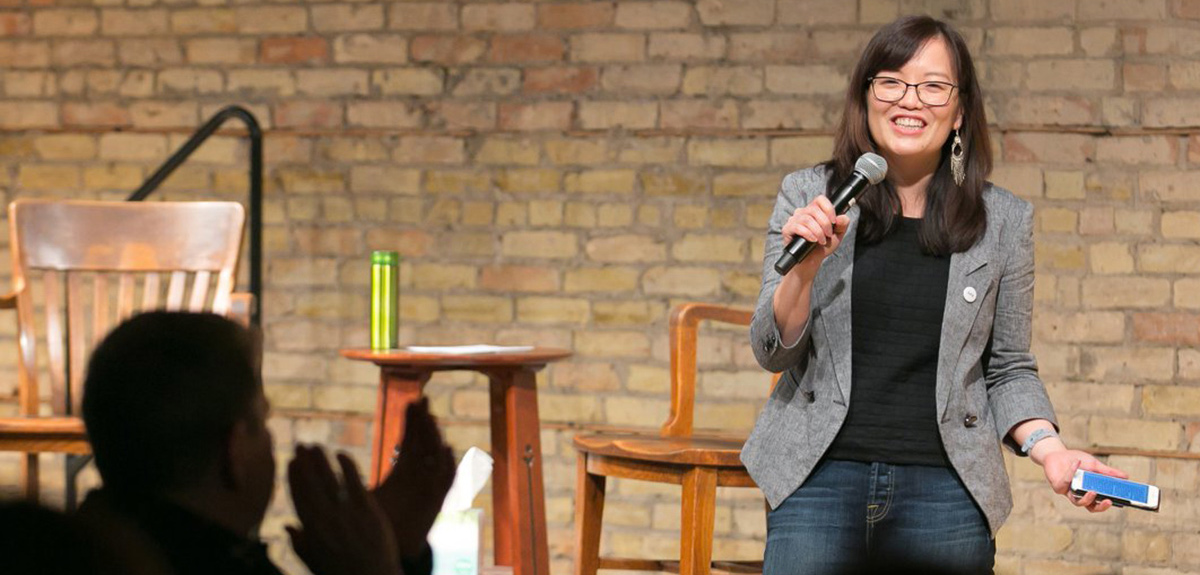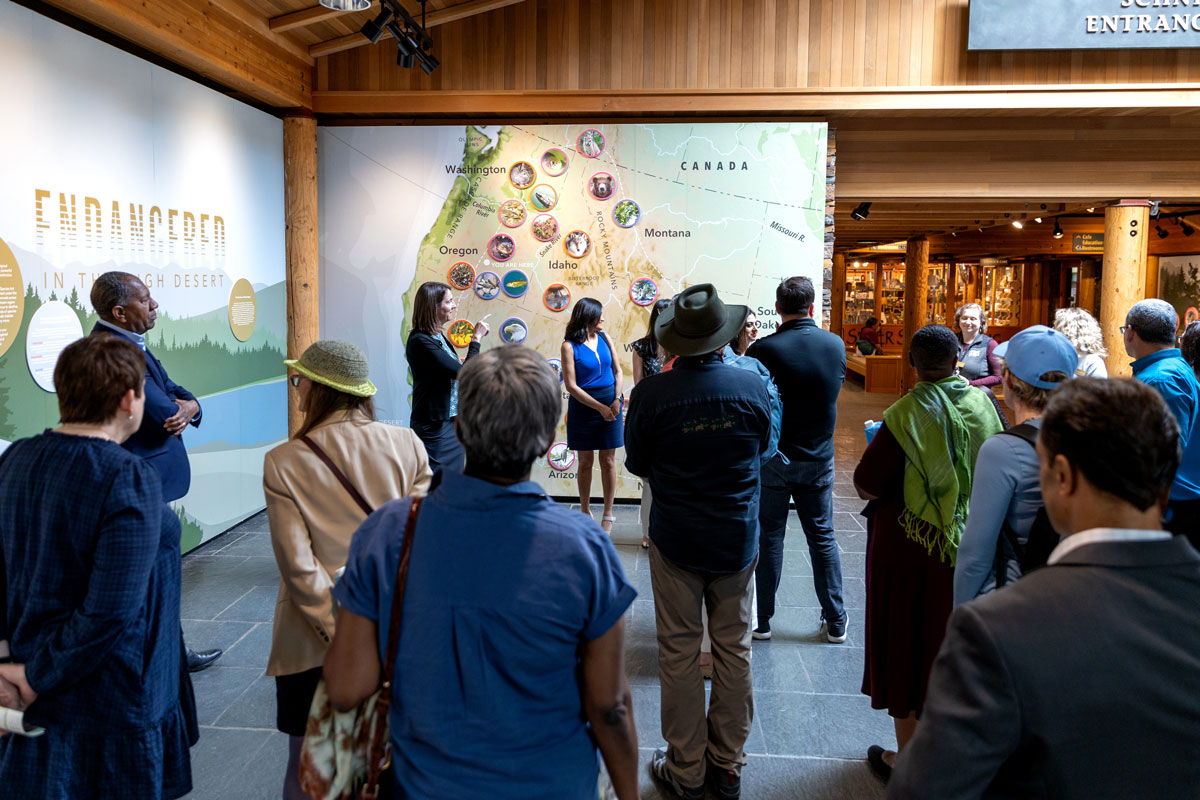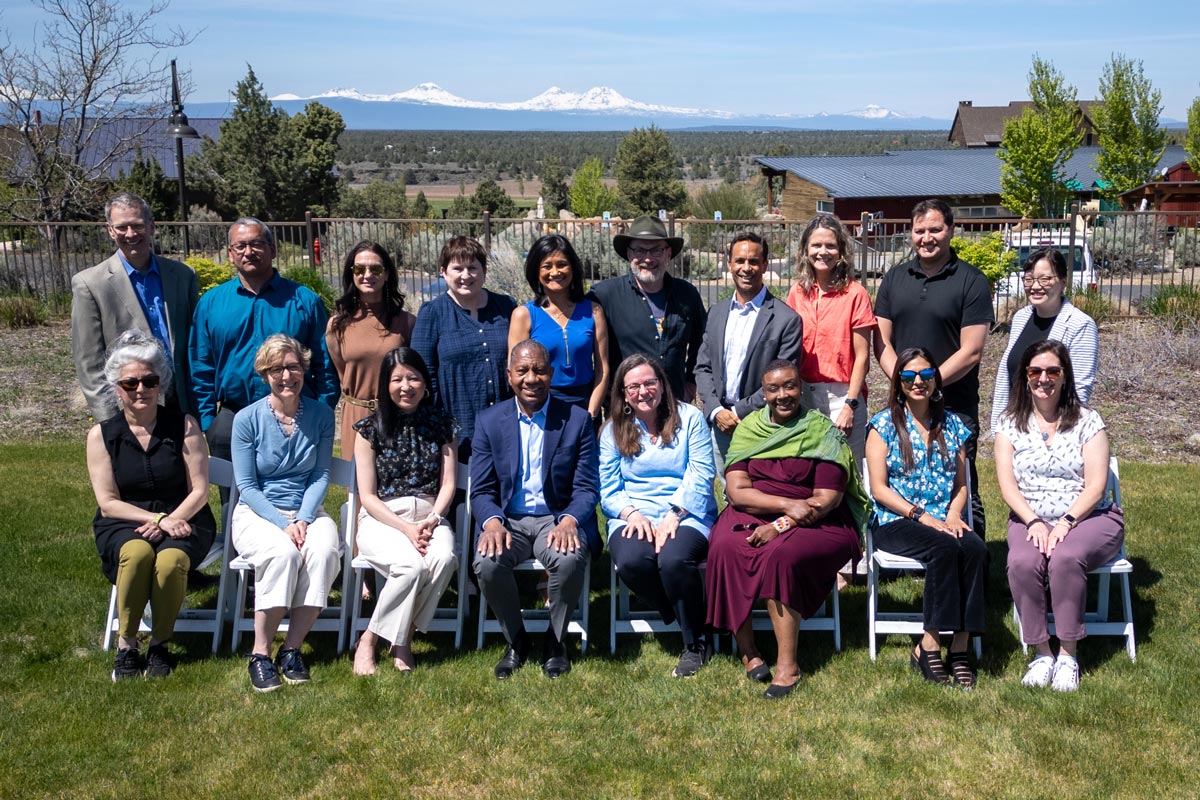
Margie Jo Eun Joo Andreason, NWAF Diversity Equity Inclusion Manager
The goal also was to “put a stake in the ground” by acknowledging explicitly the harm that racism and decreased access to quality opportunities for education, employment, and housing had caused generations of communities of color.
“Our DEI journey has taught us that to advance our mission, we need to embrace racial equity and racial justice. And the traumas of 2020-2021 have reinforced this and pushed us to be bolder.”
Kevin Walker
President and CEO, Northwest Area Foundation
We have discovered important lessons: maybe most important among them is that this type of commitment requires strong, sustained, steadfast leadership to be effective. We got more comfortable with being uncomfortable.




